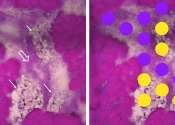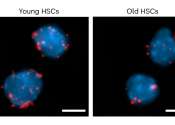Nanoparticles reprogram mouse immune systems to cope with allergens
Two doses of allergen-encapsulating nanoparticles delivered intravenously prevented anaphylaxis during a food allergy test in mice, according to a study led by University of Michigan researchers.









